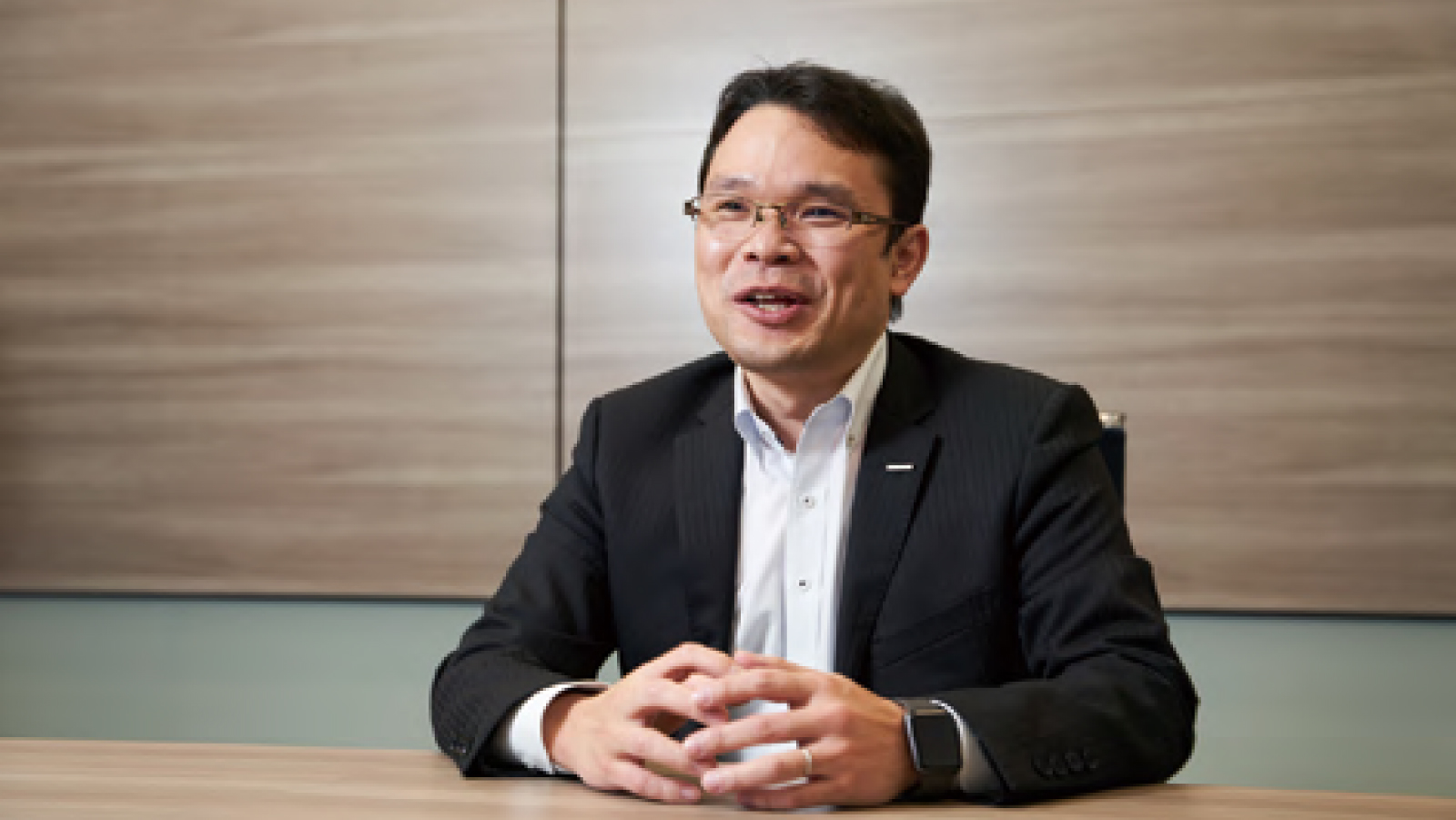With facilities around the world, the engineering plastics business of Japan’s Asahi Kasei needed a consolidated profit management system to keep up with market changes. Using Anaplan, they moved from laborious, semiannual marginal P&L calculation to automated aggregation and monthly calculation of actual operating income. Having more financial detail always available in Anaplan gives leaders a timely view of the company’s financial position, more accurate forecasts, and a platform for continued digital transformation.
Anaplan allows me to see movements that I couldn't see before, so the axis of judgment has changed.Ippei Araya, Senior Managing Executive, Performance Materials Division
5 seconds
to generate profit forecasts that formerly took 10–20 minutes, so leaders can quickly adjust for market changes
Monthly
aggregated P&L across manufacturing, processing, and sales (formerly done semiannually) provides timely financial picture for strategic decision-making
To deliver engineering plastics to its customers around the world—in particular, to automakers that are its biggest users—Japan-based Asahi Kasei operates 11 facilities in seven countries. “We might manufacture engineering plastics in Singapore, process them in Thailand, and sell them in Europe,” explains Ippei Araya, Senior Managing Executive of the Performance Materials Division. “Being able to flexibly arrange this is one of the strengths of our company and our global network of facilities.”
Although this arrangement serves customers well, it complicates the work of the Asahi Kasei finance team. “The biggest challenge is that it was difficult to see the integrated profit and loss (P&L) for each product,” says Takehiro Sakita, Manager of the Performance Materials Planning & Coordination Department. “Of course, we keep a total of the profits at each location, but it was difficult to see how much money a product made through the entire manufacturing, processing, and sales process company-wide.” Because generating an integrated P&L was so time-consuming, it was only calculated twice a year—which was not frequently enough to respond to fast-changing market conditions.
A courageous JUMP
Asahi Kasei addressed these challenges by designing a transformative system called “Joint and Unified Management Platform,” or JUMP. After six months of research and development, Anaplan was introduced as the foundation for JUMP. Tens of thousands of pieces of master data were brought into Anaplan to catalog Asahi Kasei’s engineering plastics by product grade, customer, and other categories.
With JUMP, each manufacturing, processing, and sales facility around the world enters its local results into Anaplan, which automatically aggregates the integrated profit and loss for each product.
The old semiannual process could only aggregate financial data to determine marginal profit, and the JUMP platform powered by Anaplan can also aggregate fixed costs, such as equipment depreciation, repairs, labor, and selling, general, and administrative (SG&A) expenses in order to calculate the actual operating income. This provides a more accurate performance picture of each product as well as the entire engineering plastics division and has “dramatically improved the accuracy of profit forecasts,” according to Mr. Araya.
Faster forecasts, greater visibility
Not only is the resulting data from JUMP more accurate; it’s also much faster to produce. “For example, when forecasting profits, calculations took about 10–20 minutes with conventional systems if changes were made to parameters such as cost. Anaplan can do this in about five seconds,” says Toshiki Kidokoro of Asahi Kasei’s Performance Materials Planning & Coordination Department. “The process is so much faster; we can easily get numbers monthly.”
Budgets and actuals are displayed on a single dashboard for management. “Anaplan allows me to see movements that I couldn’t see before, so the axis of judgment has changed,” says Mr. Araya. For example, Asahi Kasei can now determine the profit for each product grade and each customer every month, which supports faster decision-making and greater agility to capitalize on new opportunities.
With the information aggregated and readily available, Mr. Araya believes Asahi Kasei’s transformation is just getting started. “I would like to make full use of the data in this well-organized environment to promote digital transformation of the business itself,” he says.
 Ippei Araya, Senior Managing Executive, Performance Materials Division, Performance Products SBU, Asahi Kasei
Ippei Araya, Senior Managing Executive, Performance Materials Division, Performance Products SBU, Asahi Kasei
 Takehiro Sakita, Manager, Performance Materials Planning & Coordination Dept., Performance Products SBU, Asahi Kasei
Takehiro Sakita, Manager, Performance Materials Planning & Coordination Dept., Performance Products SBU, Asahi Kasei
